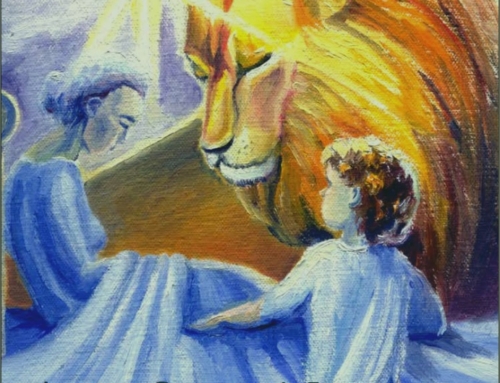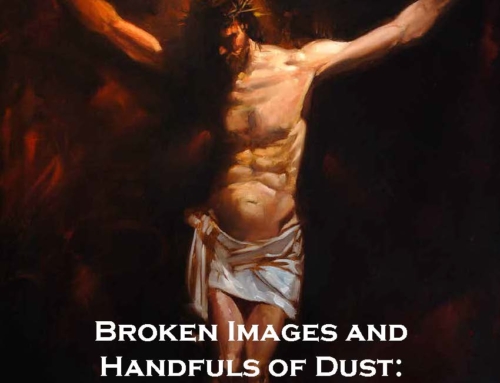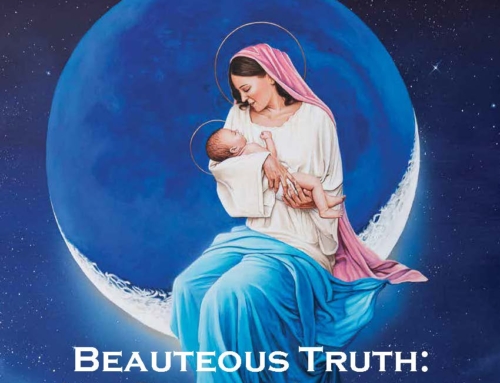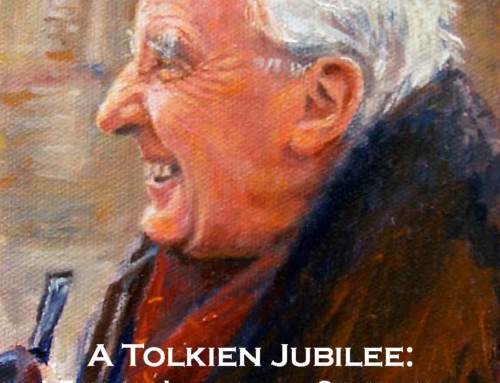When you do not wonder, no one is important except yourself. But when you do wonder, the whole universe is important. You begin to notice everyone and everything, and you discover both the connections and the gaps between everyone and everything. When your wonder moves like a threaded needle through the fabric of the world, you find you can pull that thread and gather all the fabric—and everyone and everything in it together. This gathering is precisely what a little girl named Lina did in a story by Meindert DeJong.
In the opening paragraph of The Wheel on the School, the narrator tells us that the six school children in the seaside village of Shora, Holland are important, but the old people are old and so they are not too important. And the toddlers are young, so they are not important either. Fortunately, by paragraph three, we meet Lina, and by paragraph four we learn that Lina is the sort of girl who wonders, and we are all saved from the world of the first paragraph where the story is only interesting if it is about you (a school-aged child) and set in the place where you are (school). All the adult readers sigh in relief. For if Lina wonders and tumbles out the school door, which she soon does, there is the promise of a wonderful story.
Lina wonders about storks and why they do not nest on the the rooftops of Shora though they nest on the rooftops in all the other villages nearby. In her puzzling out of the matter, she writes down what she knows about storks: “They build great big messy nests, sometimes right on your roof. But when they build a nest on the roof of a house, they bring good luck to that house and to the whole village that that house stands in…They make a noise like you do when you clap your hands when you feel happy and good.” Her savvy teacher, delighted at what Lina has written, leads all of the students in the class, Lina and five boys, to not just think about storks but to wonder about storks. As they begin to wonder, they soon begin to discover all that they presently do not know about storks and much else as well.
One of the first results of the children’s adventures is that the old people in the story do become important. Lina’s wondering haphazardly leads her to the door of Grandmother Sibble who, as Lina unexpectedly discovers, knows the history of the storks who once lived in Shora and why they departed. The storks did once nest in the small village in an enchanting spot with willow trees, a mackerel pond, and a foot bridge—the very spot where the school now stands. After a tremendous storm, however, the nest and trees were washed away. The foot bridge disappeared as did the pond, and the storks never returned. As exciting as it was for Lina to uncover the story of the storks, however, it was even more exciting that she discovered Grandmother Sibble. Much to Lina’s surprise and comfort, Grandma Sibble “wasn’t just an old person any more, miles of years away, she was a friend, a friend like another girl who also wondered about storks.”
As the children’s wondering becomes a search for a wheel to serve as a nesting platform for the storks, Grandma Sibble is not the only person to come to life and to their assistance. In Grandma Sibble, Lina uncovered a connection—a girl who was just like her though many decades older. It is in Janus that the children discover the gaps which need to be filled in their village. Janus becomes key to helping the children salvage two wheels—one from a deep ditch and one, quite dramatically, from the hull of a ship in the face of the oncoming tide. But before he is this heroic companion to the children, he is first the fierce old man of the village who has no legs and a bucketful of rocks to throw at bad birds and bad boys who dare to steal his cherries. As Janus and the children collide, however, the boys discover that Janus is very interested in their wheel, and Janus is stunned by the myth the boys perpetuate that he lost his legs in a shark attack. Janus adopts the myth as his true story and in it finds freedom and release. He becomes as much a part of the school troupe seeking a wheel for the storks as any of the children. Still more characters are drawn into the adventure of inviting storks back to the village—the tin smith, old Douwa, and the fisherman fathers of the school children. In the end, even the toddlers are absorbed into the adventure. It is Lina’s little sister Linda and her playmate Jan, an inquisitive pair, who find themselves locked in the village clock tower. From there they espy a pair of stormweary storks who are then rescued and invited to stay in Shora on the wheel on the school.
In the very center of this book is a scene where the fathers return from sea on the crest of a strong multi-day storm. As Lina’s exhausted father sleeps on the Sunday morning of the fishermen’s return, Lina speculates that her father will not get up for church. Her mother assures her he will, “Oh, he’ll be there. You can believe he’ll be there out of sheer gratitude for beating that storm to shore. Jella, one of the schoolchildren also assures Lina that her father will be there, “All our dads are [coming to church],” Jella said. “My dad said that when you come out of a sea like that and step on a solid dike, you want to go to church right then and there.” Through the still raging storm, the village does proceed to church. First the children, then the women, then even Janus—who has not been in church for forever so long—and then the fathers. Here in the middle of a storm which is still blowing, they come to give thanks. As I read this story about Lina whose wondering brings all of the community together as well as the storks of God’s good creation, I wonder if perhaps they had not thanked God after that first storm which blew away their trees and their storks but not the village as a whole. I wonder if they did not pick up their cross of rebuilding and replanting—at least it seems they did not do so until Lina began to wonder about the missing storks. It was then, when Lina somehow noticed that there was something missing from their village, that the rebuilding began. Together they worked to invite the birds back much as one might invite the Christ child by making him a cradle lined with hay —a cradle which looks something like a storks’ nest. When that bird nest is fully filled out with straw, hay, and sticks by two very enthusiastic nest-building storks, the nest not only looks like a baby cradle, it looks like an enormous crown and seems a sign of blessing. This tale of gathering what has been scattered is what I wonder about as I read this book. I think about how important it is to find those threads we can pull on and so bring together what is scattered. I also think what a wonderful thing it would be to have storks on the roof. I do think they would be a blessing and their noise a happy noise. I also think how, while it is true that storks do not bring babies, they did bring life to the village of Shora.

![[Stork]](https://i0.wp.com/staustinreview.org/wp-content/uploads/2023/03/Stork.png?resize=326%2C316&ssl=1)





Leave a Reply